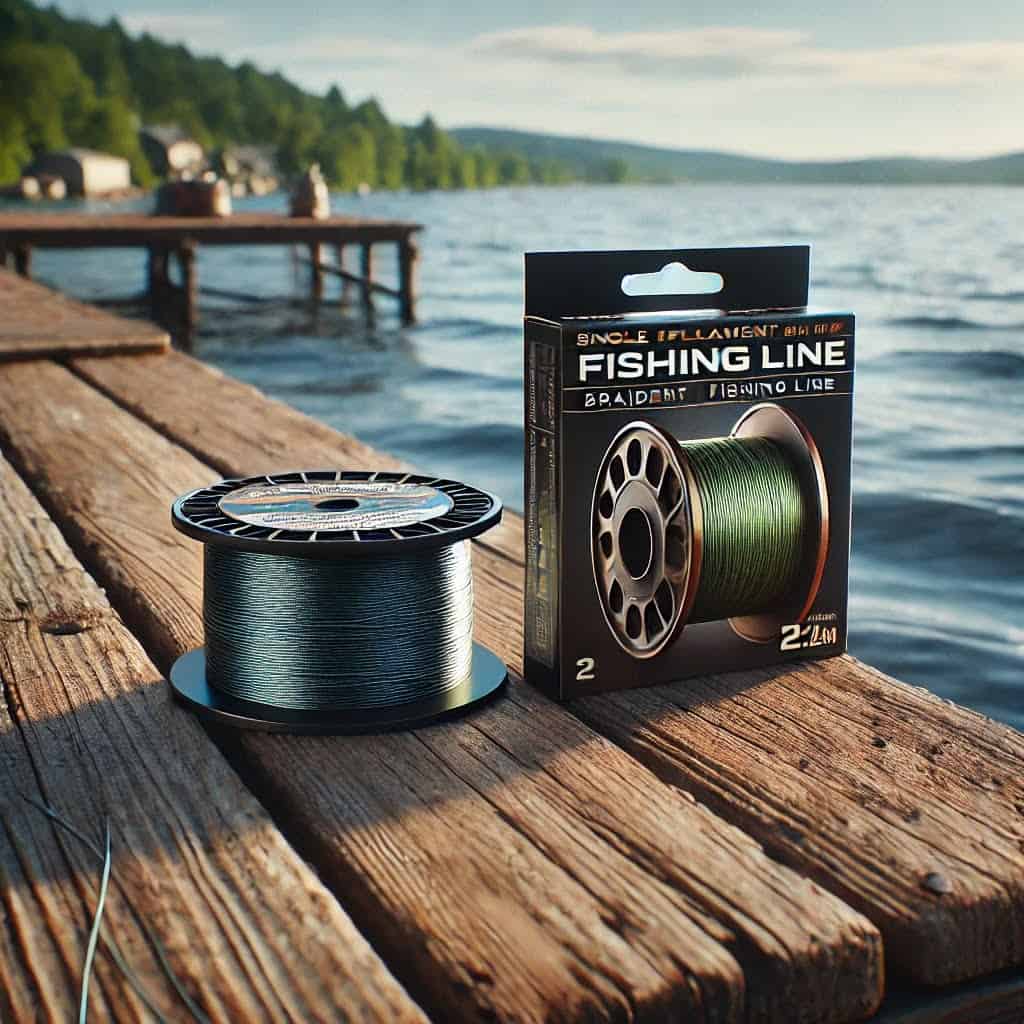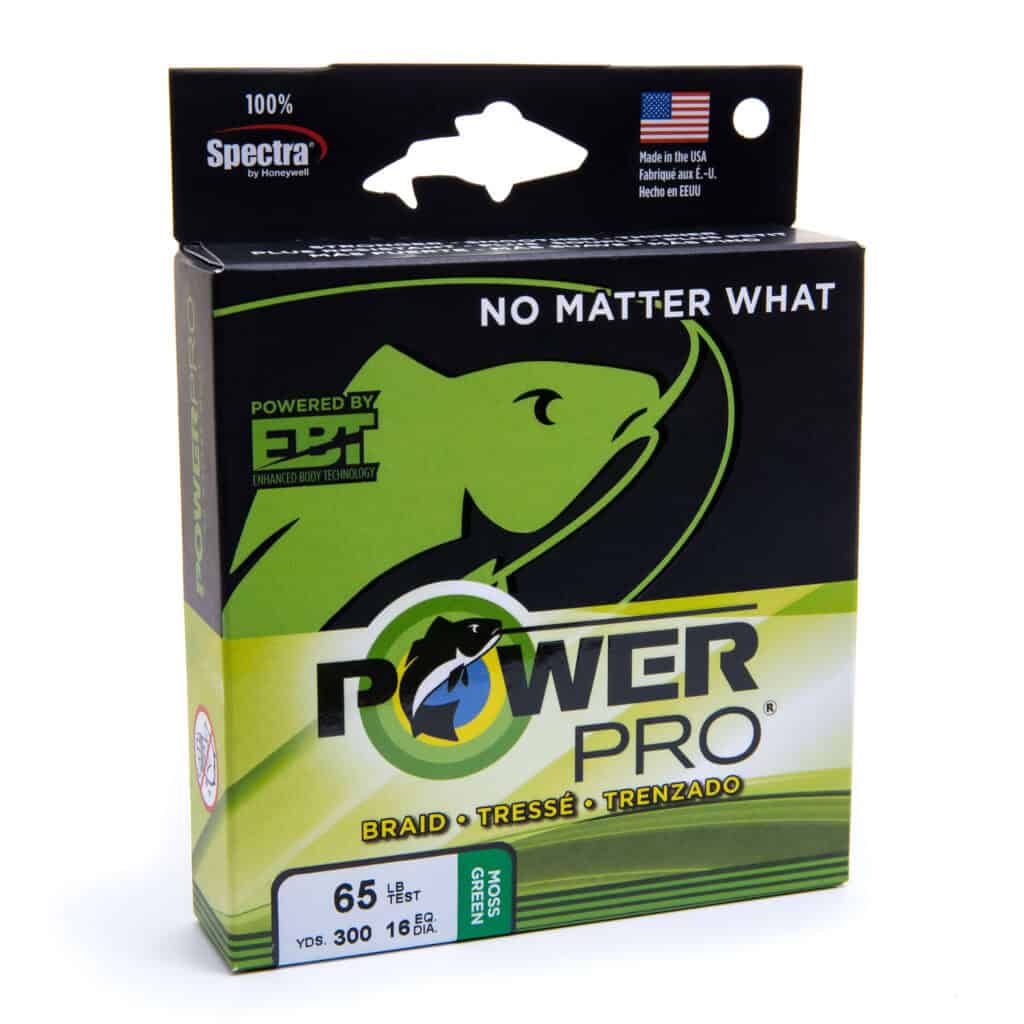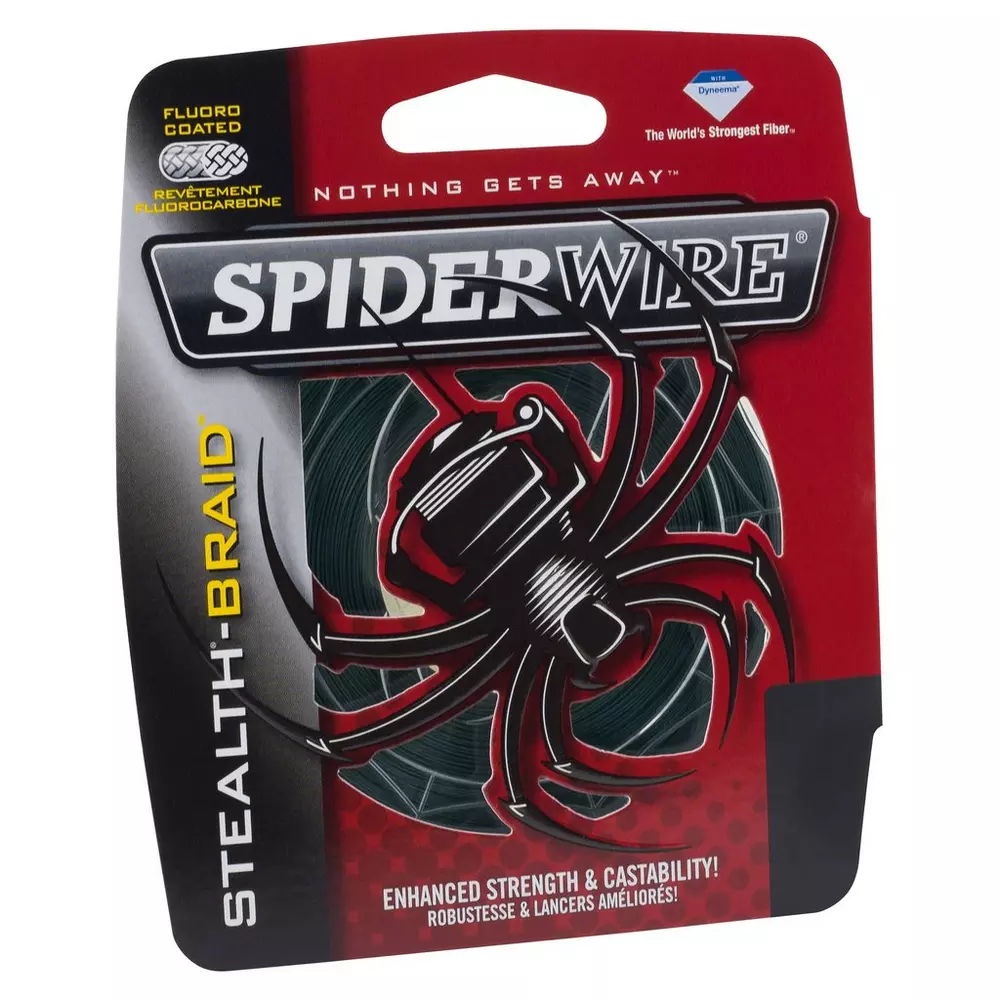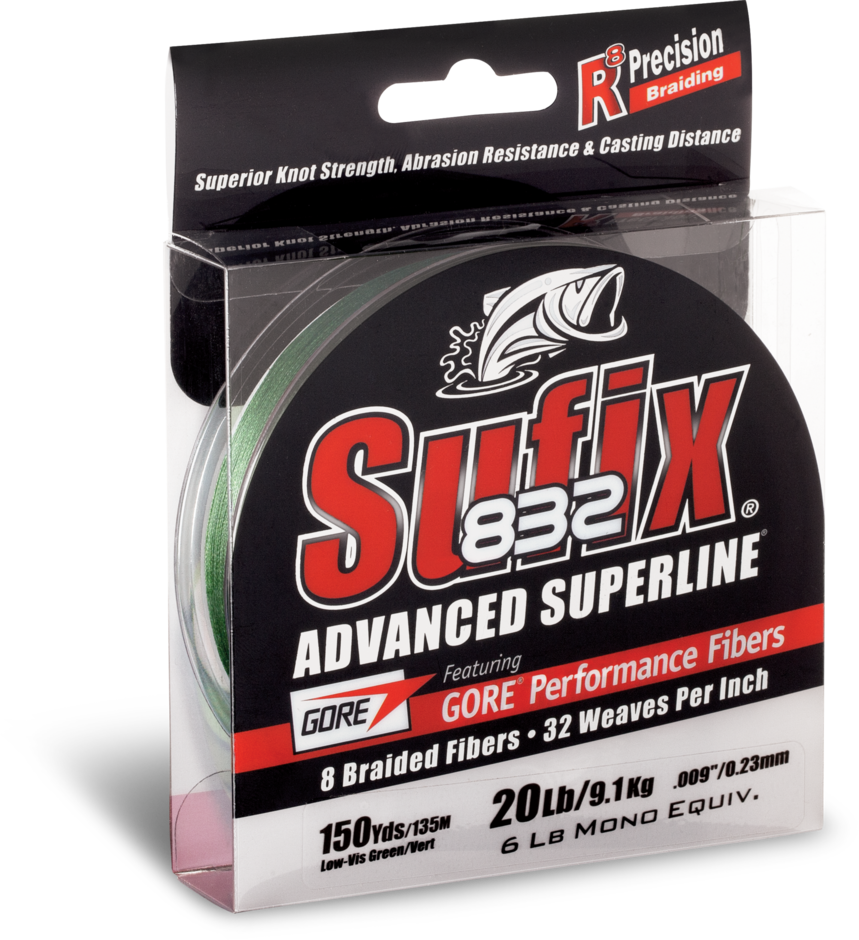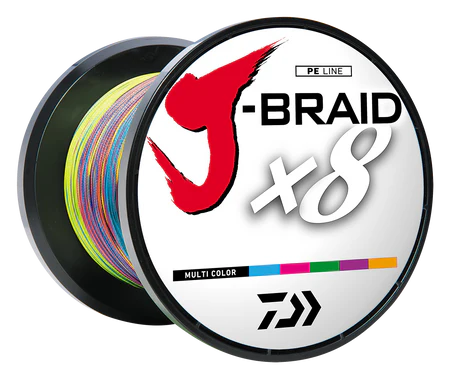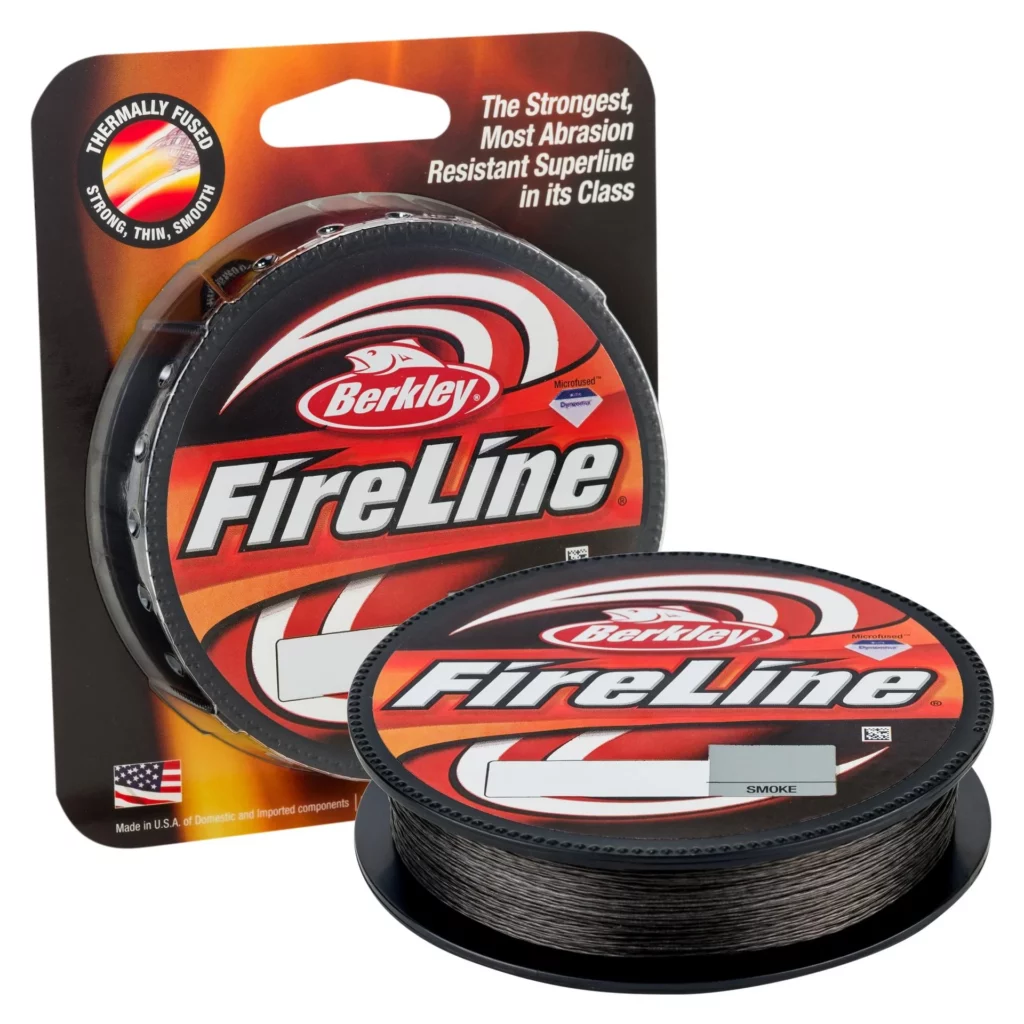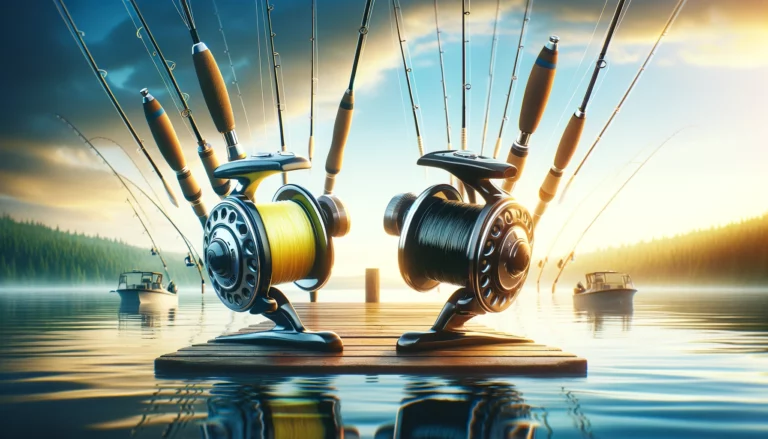Braided vs. Monofilament Fishing Line: The Ultimate Showdown
The age-old debate: braided vs. monofilament. Which do you choose?
It’s a topic that sparks heated discussions around bait shops and fishing piers, and probably a thousand sub-Reddits.
Those with experience know that the type of fishing line you choose can make or break your day on the water.
Today, we’re walking the line and going over the pros and cons of braided vs. monofilament lines.
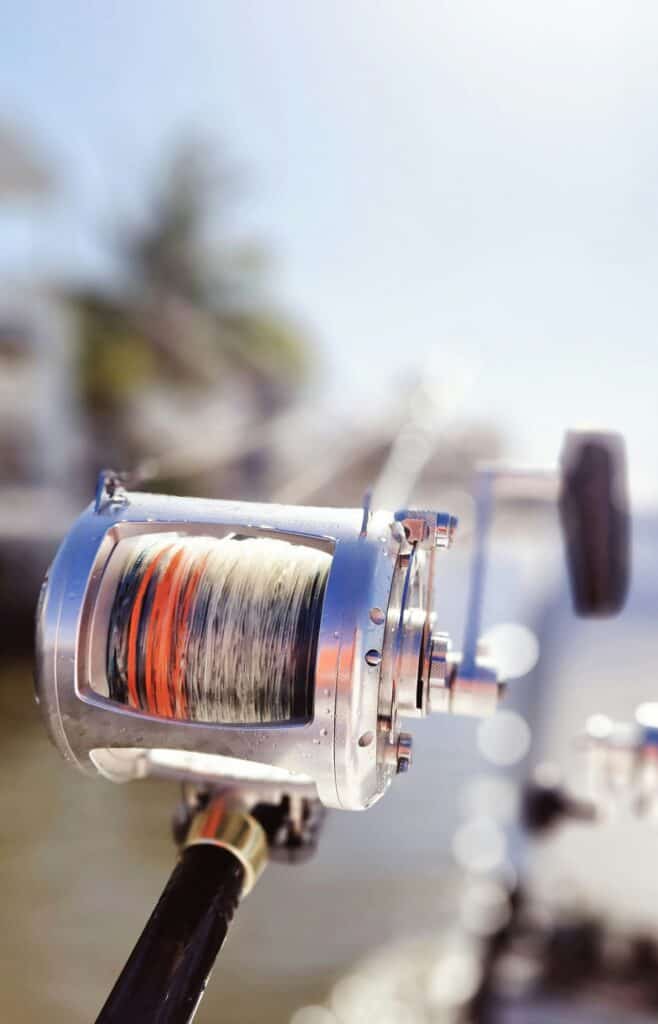
The Basics: Braided vs. Monofilament Line
First, let’s cover the basics.
Monofilament Line is a single strand of material, typically nylon, which is extruded into a thin, flexible line. It’s been the go-to choice for anglers for decades due to its affordability, versatility, and ease of use.
Braided Line, on the other hand, is made from several strands of synthetic fibers, such as Spectra or Dyneema, woven together to create an incredibly strong and thin line. While it hasn’t been around as long as monofilament, its popularity has surged in recent years.
Pros and Cons of Monofilament Line
Pros:
- Affordability: Monofilament is generally cheaper than braided line. If you’re on a budget, mono is the way to go.
- Versatility: It’s suitable for a wide range of fishing techniques and environments, from freshwater to saltwater.
- Ease of Use: Mono is easy to tie knots with, and it has a bit of stretch, which can be forgiving when you’re fighting a fish.
- Abrasion Resistance: It performs well in rocky or snag-filled waters, as it has good abrasion resistance.
Cons:
- Stretch: While a bit of stretch can be helpful, too much can reduce sensitivity and hook-setting power.
- Line Memory: Mono tends to retain the shape of the spool, which can lead to tangles and twists.
- Diameter: Mono is thicker than braid at equivalent strengths, which can limit your casting distance and reel capacity.
- UV Sensitivity: Over time, exposure to sunlight can weaken monofilament, making it more prone to breaking.
Pros and Cons of Braided Line
Pros:
- Strength: Braided line is incredibly strong for its diameter. You can use a thinner line while still having the strength to tackle big fish.
- Sensitivity: With almost no stretch, braid allows you to feel even the slightest nibble, making it ideal for detecting bites.
- Durability: Braided line is resistant to UV light and doesn’t degrade as quickly as monofilament.
- Casting Distance: Due to its thin diameter and lack of memory, braid can cast farther and with greater accuracy.
Cons:
- Cost: Braided line is more expensive than monofilament, which can be a deterrent for some anglers.
- Knot Strength: Tying knots with braid can be tricky, and not all knots hold as well as they do with mono.
- Visibility: Braid is more visible in the water, which can spook fish in clear conditions.
- Abrasion Resistance: While strong, braid can be more susceptible to abrasion, especially against sharp objects like rocks or barnacles.

Why Braided Line Is Better for Most Anglers
Now that we’ve covered the pros and cons, let’s get into why braided line often comes out on top.
- Superior Sensitivity: One of the standout features of braided line is its lack of stretch. This means you can feel every little bump and nibble, allowing you to react quickly and set the hook with precision. For techniques like jigging or fishing in deep water, this sensitivity is invaluable.
- Incredible Strength: Braided line’s strength-to-diameter ratio is unmatched. You can use a thinner line without sacrificing strength, which translates to longer casts and more line on your reel. This is especially beneficial when targeting big, hard-fighting fish.
- Durability: Braided line’s resistance to UV light and other environmental factors means it lasts longer than monofilament. You won’t have to replace your line as frequently, which can save you money in the long run, despite the higher initial cost.
- Versatility in Techniques: Whether you’re flipping, pitching, or using topwater lures, braid performs exceptionally well across various techniques. Its thin diameter also allows for better lure action, making it a versatile choice for different fishing scenarios.
- Longer Casts: The thin diameter and lack of line memory mean you can cast farther and more accurately with braid. This is a huge advantage when you need to cover a lot of water or reach distant fish.
The Latest and Greatest Braided Lines on the Market
With so many braided lines available, it can be tough to choose the right one.
Here are a few of the latest and greatest braids that have earned high marks from anglers:
PowerPro Spectra Fiber Braided Fishing Line: A favorite among many anglers, PowerPro’s Spectra braid is known for its exceptional strength, smoothness, and sensitivity. It’s available in various colors and pound tests, making it suitable for a wide range of fishing applications.
SpiderWire Stealth Braid: This braid is designed for smooth casting and reduced visibility. Its Teflon-coated microfibers glide through the guides effortlessly, providing excellent casting distance and accuracy. It’s also available in a variety of colors to match different water conditions.
Sufix 832 Advanced Superline: Sufix 832 stands out with its unique construction, featuring seven Dyneema fibers and a single GORE Performance Fiber. This combination results in a strong, durable line with excellent abrasion resistance and low stretch. It’s a top choice for both freshwater and saltwater anglers.
Daiwa J-Braid X8: Daiwa’s J-Braid X8 is an eight-strand braid that offers a perfect balance of strength, sensitivity, and smoothness. It’s available in a range of colors and pound tests, making it suitable for various fishing techniques and environments.
Berkley FireLine Ultra 8: Berkley’s FireLine Ultra 8 is a thermally fused braid that provides exceptional strength and smoothness. Its ultra-thin diameter allows for longer casts and better lure action, while its high visibility options make it easy to track in the water.
Braided vs. Monofilament: The Choice Is Yours
Ultimately, the decision to choose braided vs. monofilament line comes down to personal preference and the specific fishing conditions you’ll be facing.
Monofilament’s affordability and ease of use make it a solid choice for beginners or those on a budget.
Its stretch can be an advantage when fighting fish, and its abrasion resistance makes it suitable for rugged environments.
However, for many anglers, the benefits of braided line far outweigh the drawbacks.
Its superior strength, sensitivity, and durability provide a significant edge, especially when targeting larger fish or employing techniques that require precise lure control and long casts.
While the initial cost may be higher, the longevity and performance of braid can make it a worthwhile investment in the long run.
Remember that the choice of fishing line, or fishing wire can influence your overall fishing experience. Choose wisely.
Happy fishing, and tight lines!

